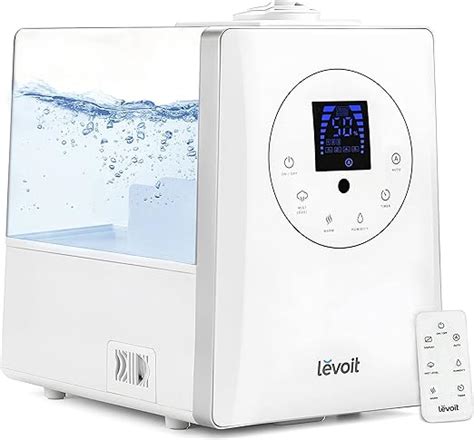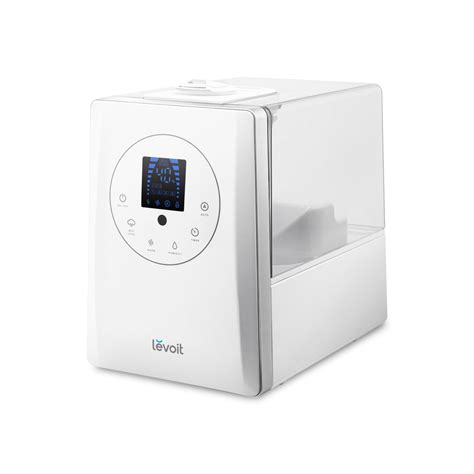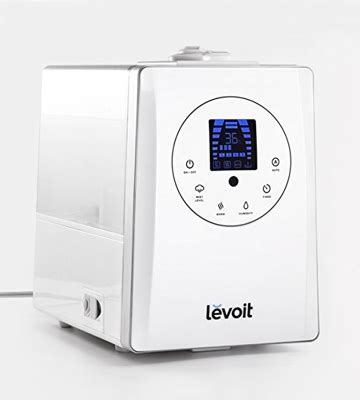Transforming your living space with lush greenery can be both rewarding and therapeutic. Indoor gardening not only enhances the aesthetic appeal of your home but also improves air quality and brings a touch of nature indoors. However, achieving success in indoor gardening requires more than just placing a few pots on your windowsill. It involves careful planning, the right selection of plants, and an understanding of their unique needs. In this guide, we’ll explore ten essential tips that will help you create a thriving indoor garden. From choosing the right plants to managing humidity and preventing pests, these tips will ensure your indoor garden flourishes, adding life and vibrancy to your living space.
Explore this topic in-depth with shzow.com
1. Choosing the Right Plants for Indoor Gardening
Selecting the right plants is the foundation of successful indoor gardening. Not all plants thrive indoors, so it’s essential to choose varieties that are well-suited to your home’s environment. Start by considering the lighting conditions in your space. Low-light plants like snake plants, pothos, and ZZ plants are ideal for rooms with limited sunlight. If you have a bright, sunny spot, opt for sun-loving plants such as succulents, cacti, or herbs.
Next, consider the level of care each plant requires. If you’re a beginner or have a busy schedule, go for low-maintenance options like spider plants or peace lilies. Additionally, think about the plant’s growth habits—climbers, bushy plants, or trailing varieties—to match your space’s design. By choosing the right plants, you set the stage for a flourishing indoor garden that complements your living space.

2. Optimal Lighting Solutions for Indoor Plants
Lighting is a critical factor in the success of indoor gardening, as plants rely on light for photosynthesis and growth. Understanding your plants’ lighting needs and providing the right type of light is essential for their health. Start by assessing the natural light in your home. South-facing windows typically provide the most sunlight, making them ideal for sun-loving plants like succulents and cacti. East and west-facing windows offer moderate light, suitable for many houseplants such as ferns and philodendrons.
If your space lacks sufficient natural light, consider using artificial lighting to supplement it. LED grow lights are an excellent option, as they are energy-efficient and provide the full spectrum of light that plants need to thrive. Place the lights close to the plants, typically within 12 to 18 inches, and adjust the duration based on the plants’ needs—generally 12 to 16 hours of light per day.
Monitoring your plants’ response to light is crucial. If you notice leggy growth or pale leaves, it may indicate a need for more light. By optimizing lighting, you can ensure your indoor plants remain healthy and vibrant.

3. Understanding and Managing Indoor Plant Watering Needs
Proper watering is key to keeping indoor plants healthy, but it’s important to understand that different plants have different water requirements. Overwatering is a common mistake and can lead to root rot, while underwatering can cause plants to wilt and die. To avoid these issues, begin by researching the specific watering needs of each plant in your indoor garden.
Generally, it’s best to water plants when the top inch of soil feels dry to the touch. Use a watering can with a narrow spout to direct water to the base of the plant, avoiding wetting the leaves, which can lead to fungal issues. Be sure to water thoroughly until excess water drains out of the bottom of the pot, ensuring the entire root system is hydrated.
Consider the environment as well—plants in humid conditions or with less access to light may need less frequent watering. On the other hand, those in dry or warm areas might require more. Regularly check your plants and adjust your watering routine accordingly, ensuring each plant receives the right amount of moisture for optimal growth.

4. Selecting the Best Soil and Potting Mixes
The right soil and potting mix are vital for the success of your indoor garden, as they provide essential nutrients and support for plant roots. When selecting soil, it’s important to choose a mix that matches the needs of your specific plants. Most indoor plants thrive in a well-draining potting mix that allows excess water to escape while retaining enough moisture for the roots.
For example, a standard potting mix works well for most houseplants, while succulents and cacti require a gritty, fast-draining mix with added sand or perlite to prevent water retention. Orchids, on the other hand, prefer a bark-based mix that mimics their natural environment.
Consider using a soilless mix for certain plants, which can provide better aeration and reduce the risk of pests. Additionally, periodically refreshing the soil in your pots is essential to prevent nutrient depletion. By selecting the right soil and potting mix, you create a strong foundation for your indoor plants, promoting healthy growth and vibrant foliage.
5. Essential Tools and Equipment for Indoor Gardening
Having the right tools and equipment is crucial for maintaining a thriving indoor garden. While you don’t need a large collection, a few essential items will make your gardening tasks easier and more efficient. Start with a good pair of pruning shears, which are perfect for trimming dead leaves, pruning stems, and shaping your plants.
A small trowel is indispensable for repotting plants and mixing soil, while a watering can with a long, narrow spout allows you to water plants accurately without over-saturating the soil. Additionally, a moisture meter can be very helpful in determining when your plants need watering, especially for those with varying moisture requirements.
Other useful tools include a spray bottle for misting plants that require higher humidity, and a soft brush or cloth to clean dust off leaves, ensuring they can photosynthesize effectively. Consider also investing in a grow light if your indoor space lacks natural sunlight. By equipping yourself with these essential tools, you’ll be well-prepared to care for your indoor gard
6. Managing Humidity and Temperature for Plant Health
Maintaining the right humidity and temperature levels is vital for the health of your indoor plants. Most houseplants, particularly tropical varieties, thrive in environments with higher humidity levels, typically between 40% and 60%. To achieve this, consider placing a humidifier near your plants, grouping plants together to create a microenvironment, or using pebble trays filled with water to increase local humidity.
Temperature control is equally important. Generally, indoor plants prefer temperatures between 65°F and 75°F during the day and slightly cooler at night. Avoid placing plants near drafts, heating vents, or cold windows, as sudden temperature fluctuations can stress them and hinder growth.
Monitoring your indoor environment regularly is key. If your home tends to be dry, especially in winter, keep an eye on your plants for signs of low humidity, such as browning leaf tips. By carefully managing humidity and temperature, you can create a stable, nurturing environment that supports healthy, vibrant plant growth.
7. Creative Space-Saving Ideas for Indoor Gardens
Maximizing space in indoor gardening requires creativity and strategic planning, especially if you’re working with limited room. One effective solution is to use vertical space by incorporating wall-mounted planters, shelves, or hanging pots. This approach not only saves floor space but also adds visual interest to your indoor garden.
Consider using tiered plant stands or multi-level shelving units to display a variety of plants at different heights. This setup allows you to fit more plants into a smaller area while making them easily accessible for care and maintenance. Additionally, using plant hooks or macramé hangers can help you utilize ceiling space effectively, keeping plants off counters and floors.
Another space-saving idea is to choose compact, low-growing plants that don’t require much horizontal space. Herbs, succulents, and small ferns are great options for smaller containers or window sills.
Incorporate multi-functional furniture, such as a coffee table with built-in planters or a bookshelf that doubles as a plant stand. By thinking creatively and utilizing available space, you can build a lush indoor garden that enhances y
8. Preventing and Addressing Common Indoor Plant Pests and Diseases
Preventing and addressing pests and diseases is crucial for maintaining a healthy indoor garden. Common indoor plant pests include aphids, spider mites, and mealybugs, which can damage plants by feeding on their sap or causing other stress. Regularly inspect your plants for signs of infestation, such as discolored or curled leaves, and take action promptly.
To prevent pests, maintain a clean environment by removing fallen leaves and debris, which can harbor insects. Use insecticidal soap or neem oil as a natural remedy to treat minor infestations. For more severe cases, consider introducing beneficial insects like ladybugs that prey on common pests.
Fungal and bacterial diseases, such as powdery mildew and root rot, can also affect indoor plants. Ensure proper air circulation around your plants to reduce humidity, which helps prevent fungal growth. Avoid overwatering, as damp soil creates a breeding ground for pathogens. If you notice any signs of disease, such as mold or wilting, remove affected plant parts and adjust your care routine accordingly.
Regularly cleaning plant leaves with a damp cloth can help prevent dust buildup and reduce the risk of disease. By staying vigilant and
Creating a successful indoor garden involves careful planning and attention to detail, from selecting the right plants and optimizing lighting to managing watering, soil, and space. By implementing the tips outlined—such as choosing appropriate plants, using proper lighting, and preventing pests—you can cultivate a thriving indoor garden that enhances your living space. With creativity and consistent care, your indoor garden can become a vibrant, lush retreat that brings beauty and tr
shzow.com
